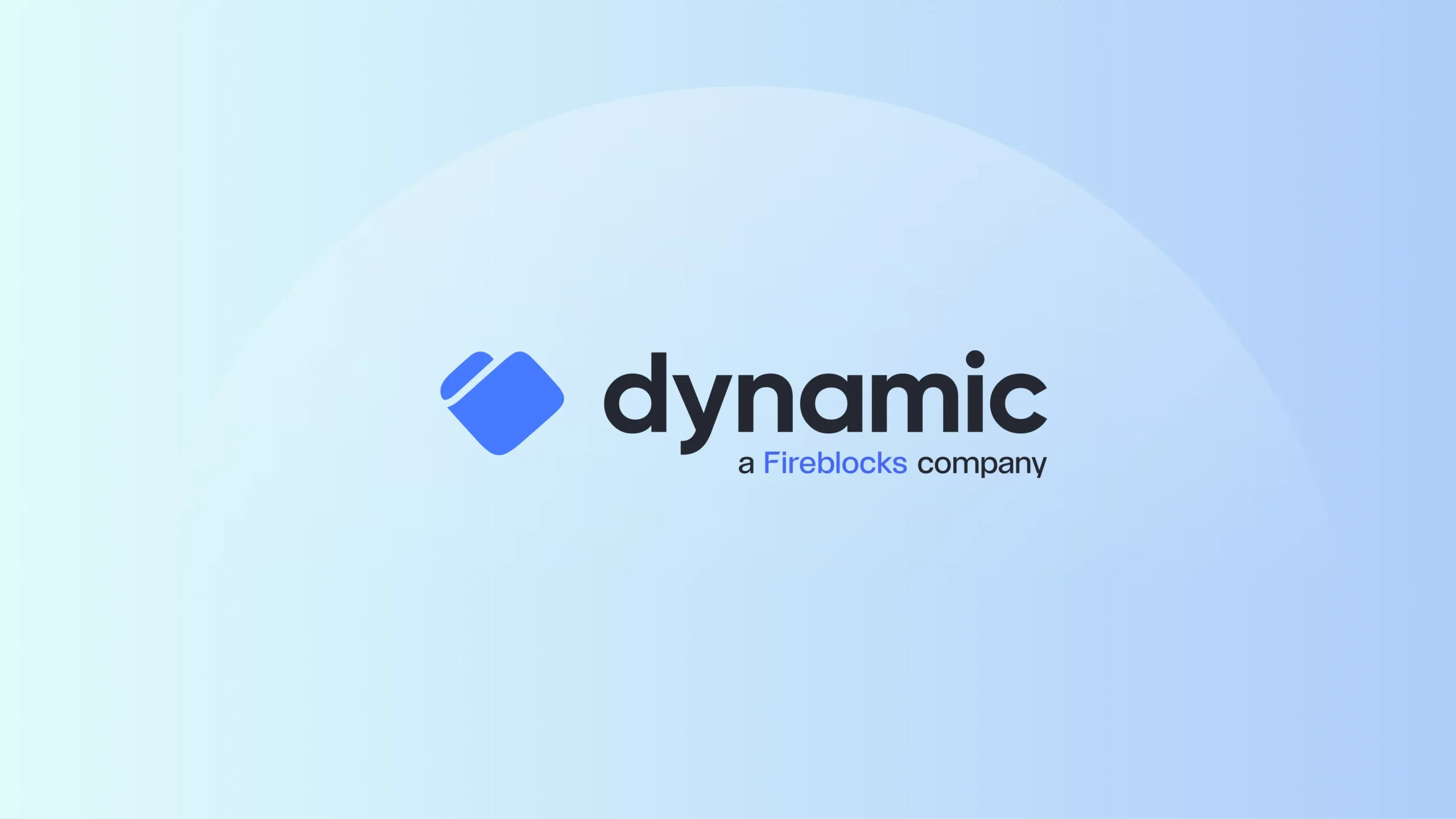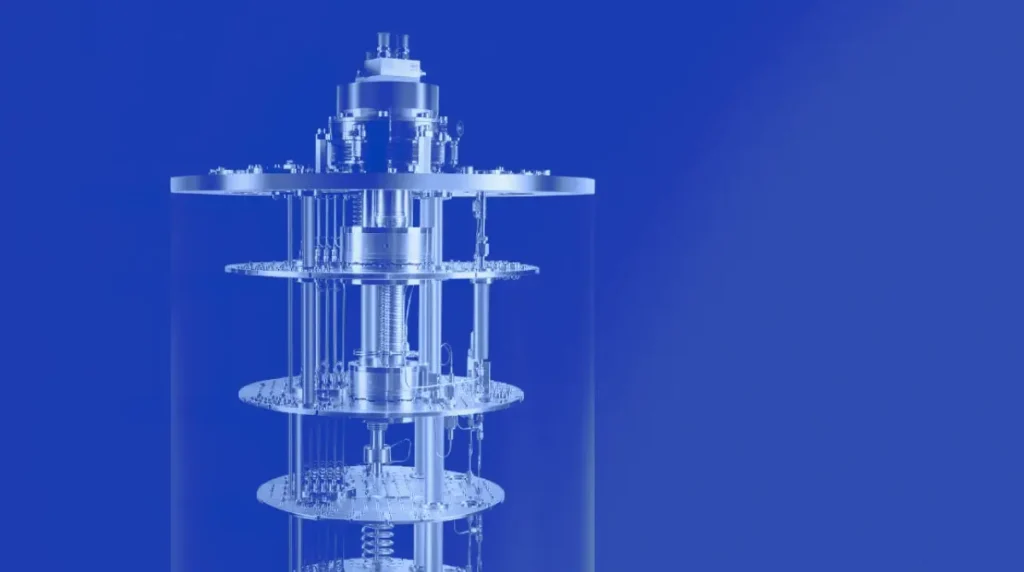Written in collaboration with: Nikos Makriyannis, and Dorit Dor.
Quantum computing is a headline-maker. But what does it really mean for digital assets?
If you’ve scanned crypto news lately, you’ve probably seen dramatic claims about quantum computers “breaking blockchains” or rendering today’s cryptography obsolete. It makes for good headlines. But it doesn’t make for a clear picture.
This post is for executives and institutions who want the signal without the noise. What is the real quantum threat to crypto? What’s the timeline? And how is Fireblocks preparing?
Let’s demystify it.
So, what is the quantum threat exactly?
Quantum computers don’t just process faster. They operate fundamentally differently from classical computers. And if they reach a certain level of power and reliability, they could break some of the cryptographic algorithms that secure everything from your digital wallet to the blockchain itself.
The most vulnerable areas include:
- Public key cryptography, including RSA and ECDH, which secure communications and key exchanges across the internet.
- Digital signatures, such as ECDSA and EdDSA, which are used to validate blockchain transactions.
- Hash functions, like SHA-256, which are weakened (but not fully broken) by quantum algorithms.
- Symmetric cryptography, such as AES, which is also affected by Grover’s algorithm—reducing its effective security in a similar way to hash functions.
But here’s the crucial point: that level of quantum power doesn’t exist yet.
How close are we, really?
Despite rapid research and well-funded labs, we are likely over a decade away from quantum machines that could pose a real threat to blockchain systems unless a material shift in progress happens.
To mount a credible attack, a quantum computer would need thousands of high-fidelity logical qubits (not raw physical ones). Right now, even the most advanced systems are far from this. So while quantum progress is real, it’s not an immediate threat.
Quantum computers pose a significant long-term threat to traditional cryptographic systems. Their theoretical ability to efficiently factor large prime numbers and solve discrete logarithm problems (tasks that are currently infeasible for classical computers) means that widely used cryptographic protocols such as RSA, ECDSA, and ECDH will eventually be broken.
To make this threat real, we’ll need quantum computers with three critical capabilities:
Scalability — a large number of logical (not just physical) qubits.
Fault tolerance — extremely low error rates with robust error correction, across all quantum gate operations.
Circuit depth — the ability to execute deep, complex quantum circuits reliably.
In parallel, algorithmic breakthroughs – from optimization of Shor’s algorithm to quantum compilation techniques – are already accelerating progress beyond hardware alone.
While current projections suggest we may reach the required qubit scale within the next five years, fault tolerance and deep-circuit execution remain harder milestones. Effective error correction must support both Clifford and non-Clifford circuits, and the ability to maintain coherence through deeply nested operations is still a significant barrier. These challenges push the timeline for real-world cryptographically relevant quantum attacks closer to ten years, unless a leap in architecture or error correction technology compresses that window.
And such breakthroughs are very much in motion. We’re already seeing dramatic improvements in the practical applicability of Shor’s algorithm, with recent academic results demonstrating optimizations in algorithmic execution and resource estimation. In parallel, there’s intense global investment in quantum error correction, compiler optimization, and scalable architectures.
Critically, we must not overlook the adversarial race. Nation-state actors and highly resourced institutions are not waiting. They recognize the strategic importance of “Q-Day”, the moment quantum computers can break today’s encryption, and are actively working to accelerate its arrival.
The post-quantum era is coming. Preparing for it is not optional, it is of strategic urgency.
Dorit Dor (PhD), Co-founder of Qbeat Ventures & Check Point Fellow
Qbeat Ventures is a newly established fund dedicated to investments in Quantum Technologies
Why this still matters today
The risk may be distant, but mitigation is complex.
Switching to quantum-safe cryptography won’t happen overnight. It involves changing the very algorithms that secure blockchains, transactions, and wallets. For large institutions, this means understanding:
- Which systems are vulnerable
- Which mitigations will come from wallet providers vs. blockchain protocols
- What timelines and standards are emerging
Recognizing quantum computing’s long-term threat to current cryptography, particularly in digital assets, Fireblocks urges institutions to proactively plan for this shift. The industry should aim for quantum readiness by 2030, emphasizing preparation as the best defense against potential quantum attacks on blockchain and digital asset security.
What Fireblocks is doing
We believe the best defense is preparation. Fireblocks is already investing in:
- Cryptographic agility: Building infrastructure that can support rapid migration to post-quantum standards.
- Threat modeling: Actively assessing which parts of our platform would require updates.
- Standards engagement: Monitoring and participating in emerging protocols from NIST, ENISA, and leading blockchain communities.
We’re not waiting for a crisis. We’re engineering for resilience.
Stay tuned for Part 2, where we’ll explore how Ethereum and Bitcoin could be exploited by quantum attackers—and what’s being done about it at the protocol level.

